Photographing the Mergui Archipelago by Franck and Camille Fogarolo

A Photographer’s preparation guide to diving Burma
Preparing your diving trip to Myanmar like a pro
By Franck and Camille Fogarolo
You’ve decided to take the plunge into the clear blue seas of the Mergui Archipelago on an exciting liveaboard diving holiday. The anticipation is almost unbearable as the months tick by before your departure, and you have a lot of planning to do. Being prepared for your excursion will make it all the more enjoyable, and this is especially true for those that like to capture the underwater world on camera.
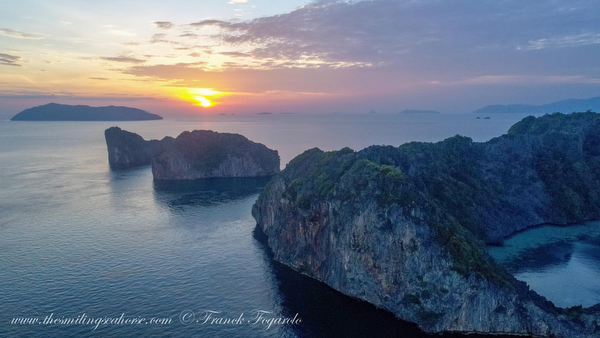
Photography equipment is costly and can be complicated to travel with securely, but it’s all worth the effort when you flip through your shots after your diving holidays. To ease your mind that you have packed the exact equipment suitable for your excursion, we wrote this tailor-made Mergui Archipelago preparation guide for underwater photographers. We’ve asked some professional and amateur underwater photographers to get the word from the horse’s mouth as to what they need to know to best prepare for their UW photo trip.
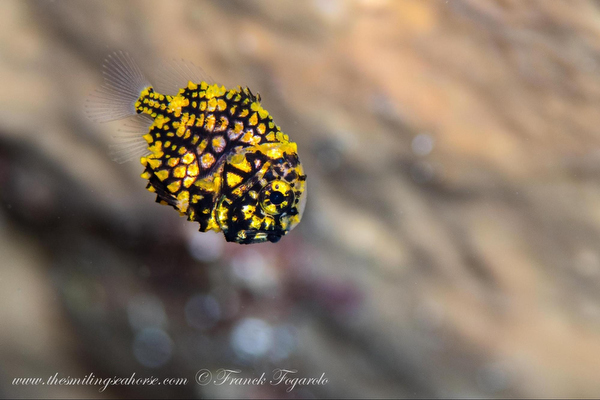
What are the diving conditions, and how will they affect my photography objectives?
The diving season runs from October to May when the weather is lovely and the ocean flat. Throughout the entire season, we are treated to an exclusive sea, as you rarely cross paths with another dive boat. Myanmar is the place where you will enjoy being alone on every dive site. For photographers, this can be particularly alluring as you have very little chance of a large group of divers photobombing your perfect landscape shot.
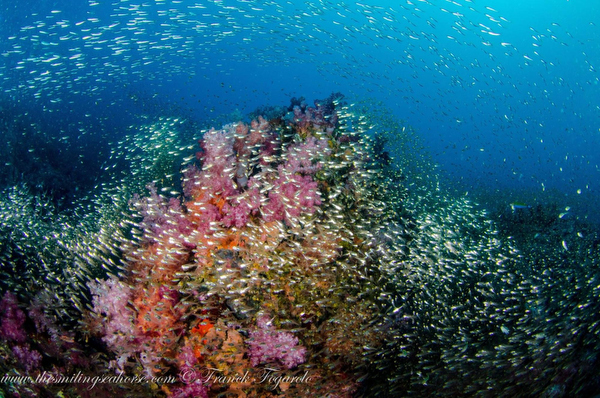
For those who get cold quickly, rest assured as the water temperature ranges from 27°C to 30°C for the whole season. Whether you want high energy dives shooting large schools of fish from within, or you would rather sit in the sand capturing that perfect moment with a seahorse, we advise that you choose exposure protection suitable for your objectives. A 3mm long wetsuit is ideal for most divers.
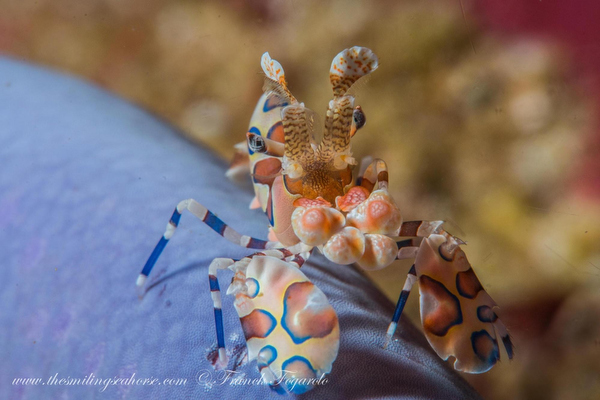
Visibility can vary between 10 and 40 meters, depending on the dive site and your luck on the day. The water is mostly clear and blue with little turbidity in the most offshore dive sites, which will be especially helpful while capturing the seascapes and nomadic megafauna.
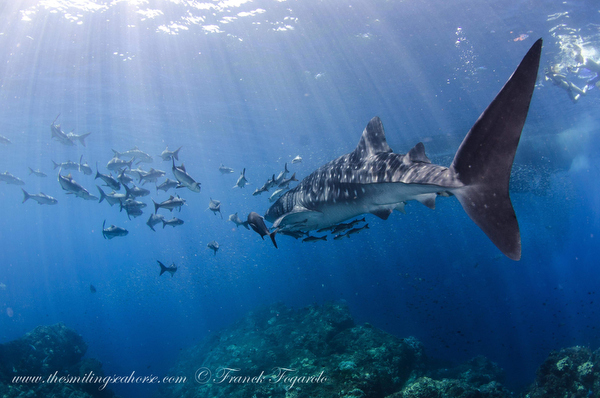
There is always current in the Mergui Archipelago. As a tidal current, the moon’s phases will determine the particularities of the conditions for that week. Currents can be mild at mid-moon, but during the full moon or new (black) moon cycles, hold onto your regs as the currents pick up significantly.
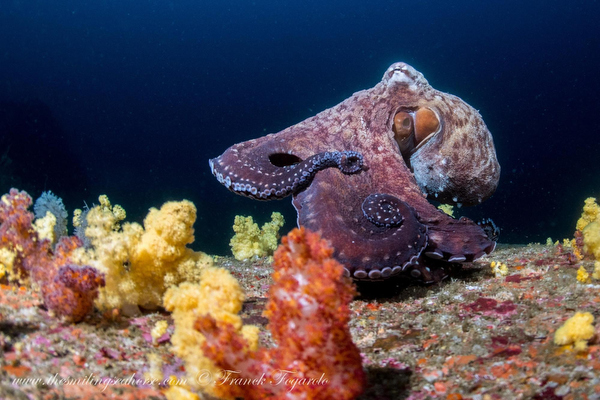
While a bit more technical, full moon and black moon are still great times to visit as they usually go hand in hand with big fish encounters. You are far more likely to have the opportunity to shoot the mesmerizing dance of big-eyed trevally hunting in a ball of glassfish.
If you are only into Macro life and prefer pleasant and relaxing dives, then you may prefer to dive over the week of the half-moon. It will undoubtedly make it easier to wait immobile for the right moment to snap the shyest critters through your macro lens.

It is important not to overstress the currents in Myanmar. There is minimal risk of getting swept away, and there are no dangerous down or up currents. The tidal currents are relatively constant and predictable in Myanmar, with tides going up and down every 6 hours.

What camera-specific amenities are available to me?
Having a comfortable space to manage your equipment before and after dives is something that you need to consider when bringing your expensive photography equipment on a liveaboard holiday. When choosing your boat to explore Myanmar, pick one with a well-equipped camera room.
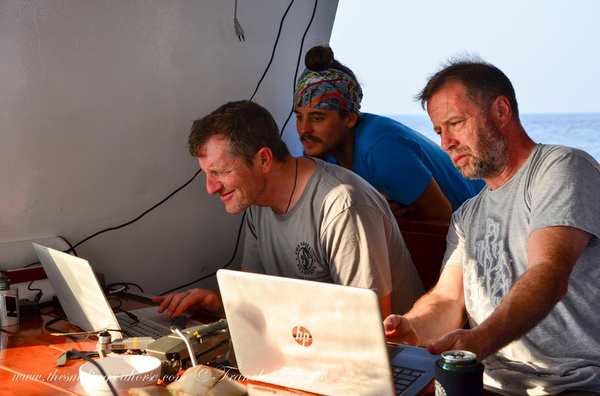
Figure out beforehand the type of power outlets available onboard and make sure that there are plenty of charging points, so you never have to compete with other photographers for a spot. Most boats built in Thailand have American/European plugs, so a plug converter is rarely needed. Make sure there is enough space to manipulate and store your gear without a bump or a scratch. Your boat should have a separate rinsing tank for electronic equipment, as it will save your most expensive toys from early retirement.
Also, ask about the availability of audiovisual equipment on board such as a TV to watch your photos and videos with your buddies. It is usually best to bring your laptop along for the ride. Some photographers and videographers would even consider asking if there is a comfortable place with easy access to electric outlets where you can sit and edit your footage at the end of a day’s dives.
What specific equipment will I need?
The Mergui Archipelago offers a vast array of photo opportunities from macro life to wide-angle subjects and landscapes. The marine life of Mergui Archipelago is very diverse. Big and small critters can be seen on most dive sites in Myanmar, but your dive guide should be able to advise which lens is most suited for each dive.
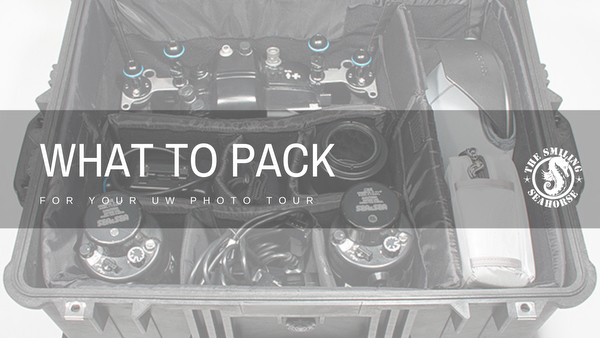
What gear to pack depends on what you want to capture and how much space you allocate.
The ideal setup would be a DSLR or mirrorless camera, with adapted lenses for macro (60mm or 105mm) and wide-angle (10-17mm or 10.5mm).
If weight is an issue, consider a digital compact camera. They are smaller than the DSLRs and usually come with built-in underwater settings. Their size makes it much easier to dive in strong currents and to place it in your carry-on. They are great for close-ups, but you’ll need a wet wide-angle lens to screw on the outside of the housing if you want to shoot large schools or bigger fish subjects.
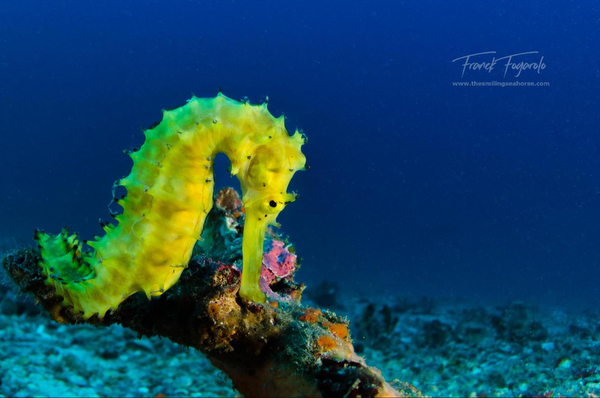
If you are serious about photography, you will need to allocate more space in your bags to travel with a DSLR. If you want to be a bit more versatile, I recommend bringing a wet diopter enabling you to go from macro to super macro during the dive. A 1.4 teleconverter on the 10.5mm fisheye lens for wide-angle is also a popular choice as it allows shooting everything from a frogfish to a whale shark.

In both cases, you will need some external strobes to bring out all the colors and get the best quality from every shot. A focus light for night dives is beneficial and can also be used to shoot against the sun or in low light conditions.
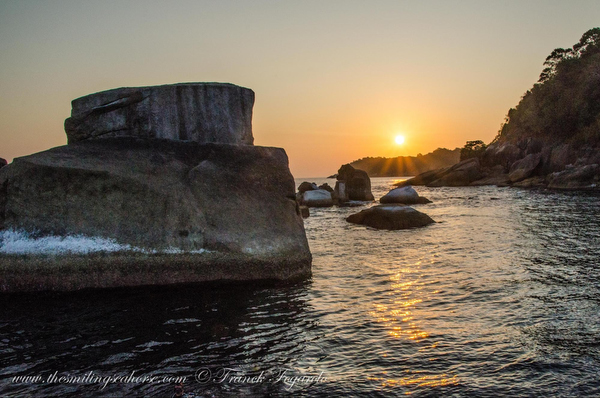
Some people even choose to bring another camera that will stay dry on board. With this, you will be able to shoot some stunning landscapes and wildlife such as sea eagles, whales, hunting schools of fish or dolphins.
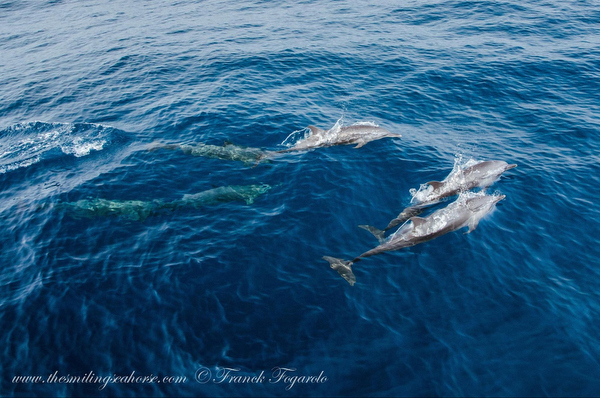
The current conditions can change rather quickly, so it is advisable to go diving with a reef hook. It can be used to (carefully) attach yourself in the current on top of the reef, but you can also use it to steady yourself while taking photographs. Be careful; however, reef hooks need to be used correctly to avoid damaging the beautiful ecosystem. Always store them safely in the pockets of your BCD and never allow them to dangle below you as this dramatically increases the risk of damaging the coral.
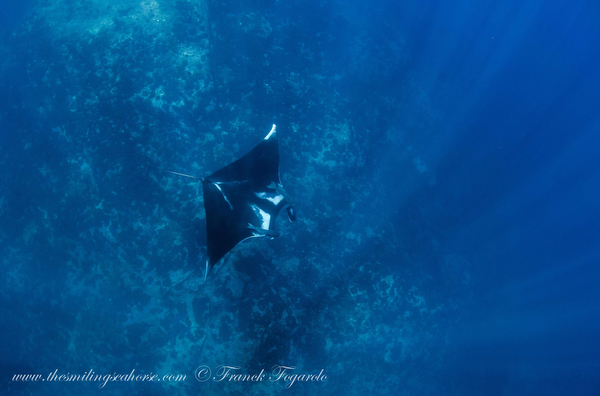
What are the best dive sites to use my wide-angle lens?
Any dive site in the Mergui Archipelago will be stunning through a wide-angle lens. The fish and coral biodiversity is a feast for the eyes, and any photographer will be over the moon at the number of photo ops on any pinnacle or reef.
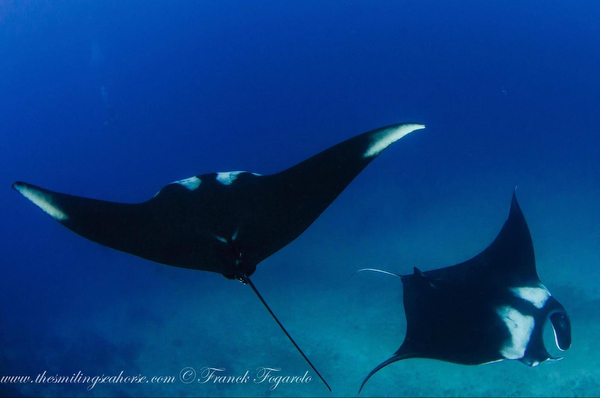
For those interested in spotting large schools of fish and larger pelagics like sharks and rays, the Burma Banks are the ultimate wide angle photography dive sites.

A collection of underwater mountains rising from over 300m of depth. The top of these gently sloping dunes is usually between 25m and 15m. With visibility of 40m common, there can be strong currents. It is a perfect site for drift dives, and to capture the substantial coral formations and large animals cruising by. This site is only visited on longer cruises as it is 125km offshore, but it’s worth looking into while researching the places that you would like to visit.
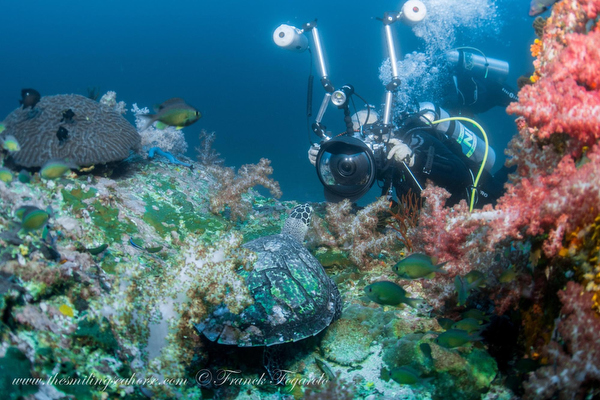
Some other sites that will enchant wide-angle aficionados include Western Rocky, Black Rock, Seafan forest, and North and South twin. At these sites, you will find a variety of gorgeous topography and coral formations. The coral is predominantly soft, but there are still some impressive varieties of rainbow-colored coral species, sea stars, and feather stars to set the stage for your every shot.
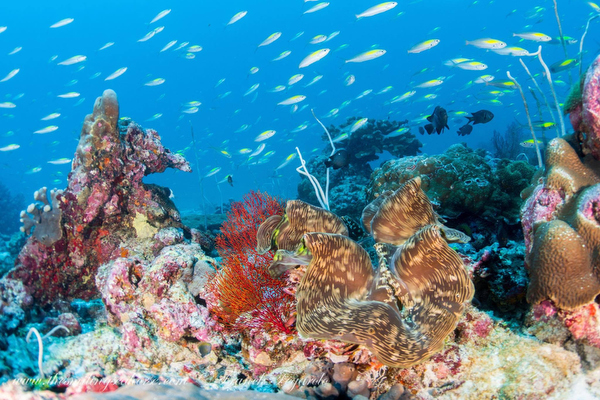
Among the creatures you will be able to capture with a wide angle in this region are large schools of batfish, barracuda, jacks, and emperor fish. The nurse sharks are common at the banks, and if you are lucky, you may even get a photo of a silvertip, tiger shark, or the occasional guitarfish. Spotted eagle rays, manta rays, and whale sharks are also cruising the archipelago. Black Rock is probably the best spot in Asia to see Oceanic Manta rays.
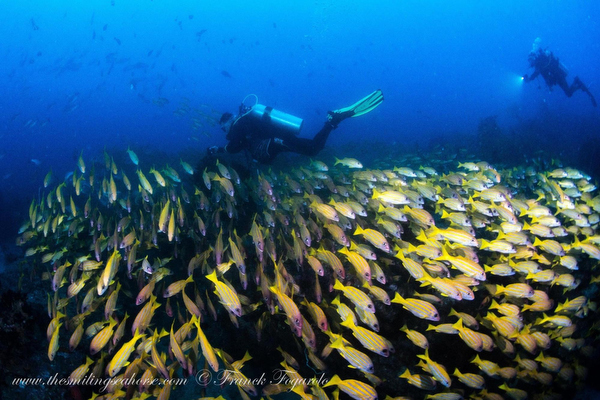
What are the best dive sites for macro photography?
The macro life in the Mergui Archipelago is abundant and captivating. With a keen eye, you can spot everything from colorful nudibranchs to crustaceans and pipefish in every nook and cranny of the reef.
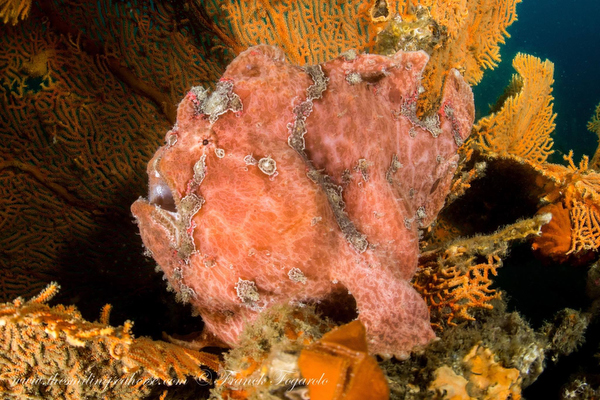
Every dive site in the Mergui Archipelago has a delightful macro-life. Some of our favorite macro photography sites are Rocky islands, Square rock, Shark cave, Submarine, Western Rocky, the islets, and Black Rock. With the help of your guide, you should be able to find frogfish, all kinds of shrimps, including the harlequin shrimp, varieties of cowries including the tiger egg cowrie, many beautiful nudibranchs, seahorses and ornate ghost pipefish.
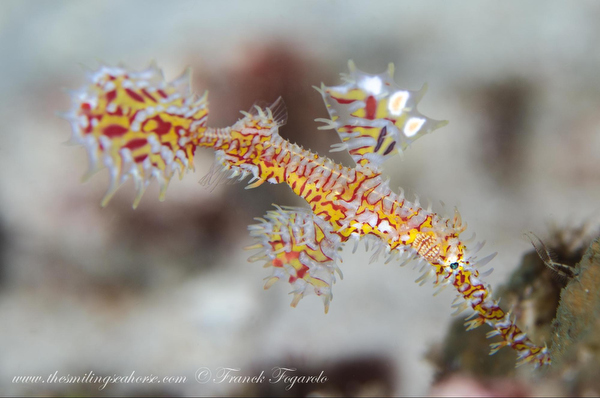
Night diving is also the best way to spot the tiny pygmy squid (nearly guaranteed at North and South Twin) or Spanish dancers (on western rocky, Spanish garden, or shark cave).
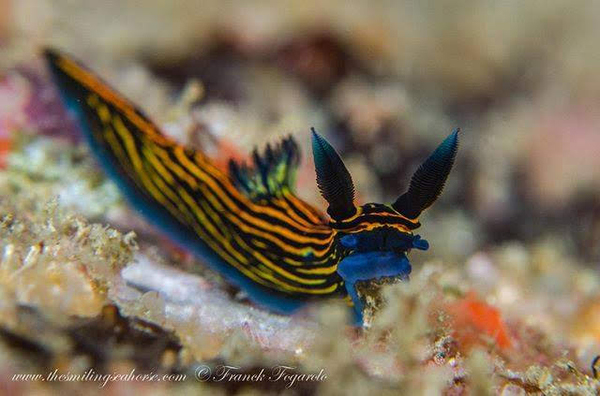
If you want to plan a liveaboard diving holiday in Burma in 2020 or have some questions about diving in Myanmar, get in touch with The Smiling Seahorse, the only liveaboard operating exclusively in Myanmar since 2012. Franck Fogarolo, its owner, cruise director, and onboard photographer will be glad to share his tips on diving photography in the Mergui Archipelago.

About THE AUTHOR
Franck Fogarolo and his wife - Camille - opened The Smiling Seahorse liveaboard in 2012 to offer cruises to the most unexplored area of South East Asia. As the tour leader and onboard photographer, Franck became quite the expert when it comes to diving, guiding and taking underwater photos in Myanmar!